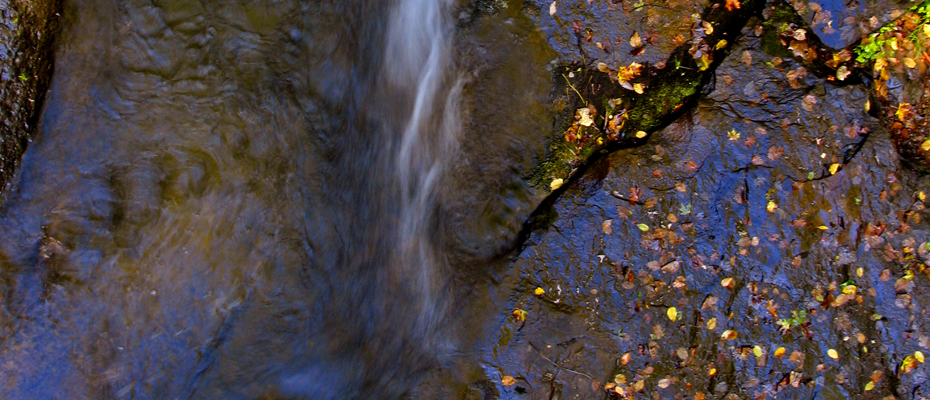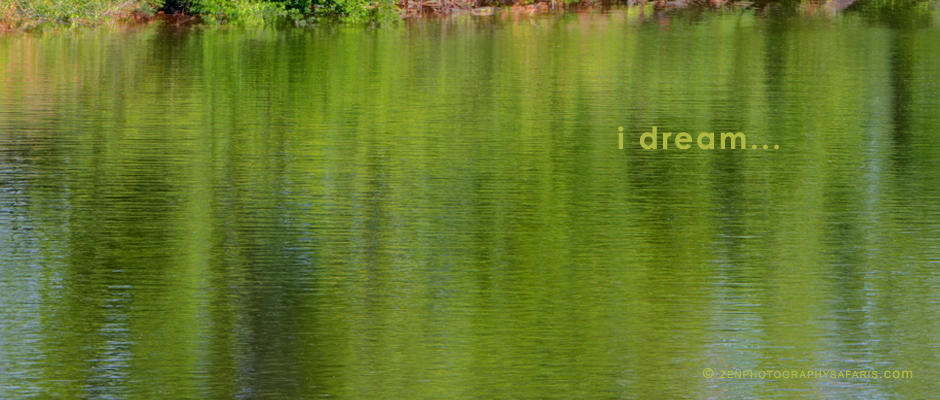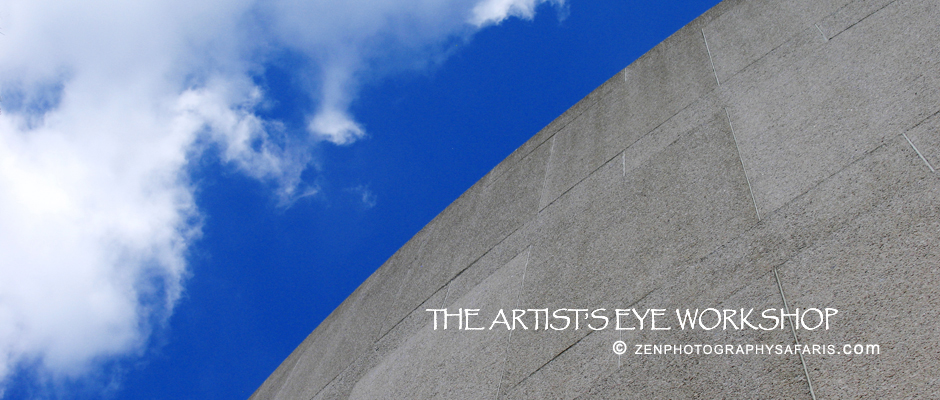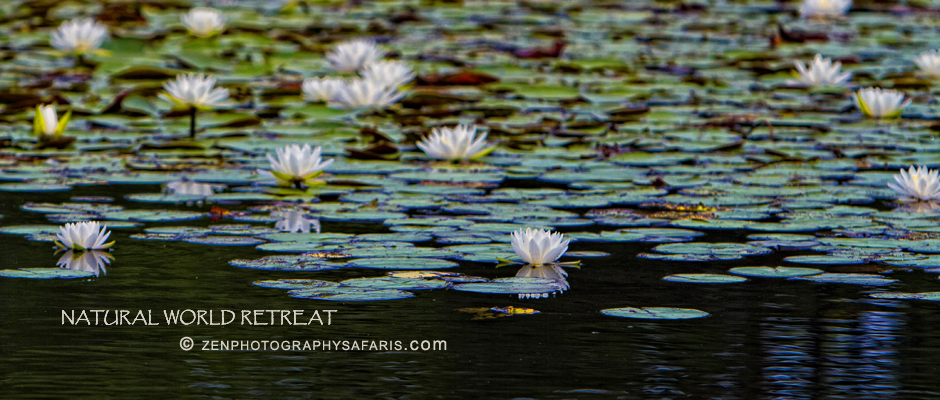Posts Tagged: Joanne Bartone Photography


blog post: 2013 fall foliage workshop
“Knock on the sky and listen to the sound.” — Zen Saying
Autumn is my favorite time of year. I love the profound colors, pungent fragrances and autumnal foods this time of the year, but mostly I feel that Autumn it is an opportunity to reflect on the events and goals that previously occurred in Spring and Summer, and consider resting and regrouping through the Winter months to (hopefully) face the changing seasons once again.
I see beautiful colors throughout the Winter, Spring’s colors are bountiful and Summer moves from chartreuse to forest green, but Autumn? …visually there is no other season like it!
So to help you create from this most visually stimulating time of year I’m offering a 3-hour Photography Workshop on October 12th + 27th, from 6 AM to 9 AM and then again on October 13th + 26, 3 PM to 6 PM at Mingo Creek County Park.
The goal? …is first, to help you envision your photos and then secondly, help you create from all the potential that will surround us.
You will learn:
- ISO, Aperture + Shutter Speed: the Exposure Triangle and head home with your own Zen Photography Exposure Guide
- To apply the principles of composition and how to view scenes differently.
- Understand how those camera dials can help you achieve what you envision.
- Learn to shoot comfortably in M (Manual) Mode.
- Understand how different lenses will affect your exposure and composition.
What to bring:
- Your enthusiasm + questions
- A Tripod
- Your DSLR Camera
- All the Lenses you have
- Compact Flash Cards
CLICK HERE to register – pre-pay/pre-purchase required. Once you register, you’ll be given the meet-up location.
Namaste, Team Zen | Joanne Bartone
ABOUT THE PHOTO ABOVE:
Canon EOS 7D | Canon 24-70mm L f/2.8 @ 70 mm | ISO: 200 | f/8 | 1/8 | Falling Water, Farmington, PA | Image refined cropped and enhanced for color + tonality in PS5


blog post: i dream
“Dream lofty dreams, and as you dream, so shall you become. Your vision is the promise of what you shall one day be; your ideal is the prophecy of what you shall unveil. ” — James Allen
Dreams are invaluable – they can offer us creative vision and set us free from worry. Our dreams, whether done while sleeping or in a fully awake state of mind, are the very fuel that inspire us to create a work of art, or a business. They are paramount in all we do.
Zen Photography Safaris | Workshops | Retreats wants to nurture your dreams with you; we can explore, guide and help you bring them to be. In fact, we’d LOVE to do that with you.
Until we meet…please share with us what your dreams are…what do you dream of doing, being or creating? We’d really love to know what your dreams are about.
Namaste, Team Zen | Joanne Bartone
ABOUT THE PHOTO ABOVE:
Canon EOS 7D | Canon 70-200mm L f/2.8 IS @ 200mm | ISO: 125 | f/4.0 | 1/1250 | Buffalo NY | Image refined cropped and enhanced for color + tonality in PS5


blog post: yin + yang of exposure
A super-simplistic primer on exposure meant for individuals who are in the early stages of learning photography.
Reciprocity. noun. [res-uh-pros-i-tee]: a mutual exchange. it happens in life, and it happens in photography.
In determining exposure when you are photographing, it’s helpful if you remember to recall the principle of reciprocity: “if i take a stop from here; i must give a stop there. take two stops; give two stops, etc.” nothing earth-shattering, but beautifully balanced by making adjustments that are are merely doubled or halved.
The yin + yang symbol and what it represents is a great way to illustrate the concept of finding the balance in exposing an image. the yin + yang symbol itself, traditionally black and white, could even be used to represent 18% gray! the interconnectedness of all things is wonderful.
For now, we are going to keep this example generalized and in super-simplistic terms so you won’t become too confused. let’s keep our ISO fixed, since its adjustment is dependent on the light that surrounds us as we are photographing, whether that light is ambient or being created with our own lighting equipment. the type of camera we are using, the focal length of the lens, or whether we are using a flash or the light available to us is not going to come into play right now. instead we will concentrate on the reciprocity of our f/stops and shutter speeds bearing in mind the statement above. our hypothetical setting will be that we are creating a portrait of a person outside and we will start with the theory that we have just created a good exposure with the following settings: f/5.6 at 1/250th (of a second)… oh, and one more side note here…you are shooting in Manual, yes, the dreaded “M” setting on the camera. why? because that “P” you always shoot in? it does not stand for “Professional” it stands for “Program,” which means the camera is controlling you.
So, with f/5.6 at 1/250, you’ve managed to create a well-exposed image where everything from the highlights (lightest parts in the image) to the shadows (darkest parts in the image) are looking even – no marching ants indicating your highlights have been blown out in this image! although you are satisfied, your creativity is begging for a sharply focused individual with that painterly-blurred background that you see so often in the magazines. what to do…what to do? …i know…RECIPROCITY.
That blurry background occurs at f/2.8 or lower (in number, but in reality is a bigger lens opening [aperture] – yes, the smaller the f/stop, the bigger the lens opening – opposite, yet still reciprocal). so, in super-simplistic terms, if you’ve adjusted your f/stop from f/5.6 to f/2.8, you have effectively made the little wheel on your camera move six one-third increments to get to f/2.8, thereby increasing the opening in your lens and allowing more light to come through it. how much more light? we don’t need to get into that for now, just know it’s more light and count the times your wheel clicked to get you to f/2.8. now, if you were to leave your shutter speed at 1/250, what do you suspect would happen? take a guess here…would your images still be properly exposed? underexposed (too dark)? or overexposed (too light)?…you are correct; it would be overexposed because you are allowing more light into the camera with a larger lens opening (aperture). so, it stands to reason then, that you have to dial the the shutter from 1/250 to 1/1000, again moving the wheel that adjust the shutter speed six times to make the adjustment that will effectively reduce the amount of light you are allowing into the camera by making the shutter speed faster. and, VIOLA! there again, is your properly exposed image, but now it has a pleasantly blurred background with a subject that is in focus. Believe me, those are very simplistic terms and they can change dependent on the lens you use, but for now do yourself a favor and experiment so you can use your camera on the “M” setting which will give you more control over the camera, rather than letting it control you.
Make sense? let me hear from you. again, there is a lot more to adjusting f/stops and shutter speeds than this brief explanation, but we’ll leave the brain-expansion for those of you who want to really delve into the depths of this conversation, let’s open a bottle of wine at a Zen Workshop or Retreat and have a go at it, shall we?
Namaste, Team Zen | Joanne Bartone
ABOUT THE PHOTO ABOVE:
Canon EOS 5D | Canon 70-200mm L f/2.8 IS @ 200mm | ISO: 100 | f/8 | 1/1250 | Boston MA | Image refined cropped and enhanced for color + tonality in PS5


blog post: inspira-Zen
“Inspiration is a different thing. Through inspiration you start on the journey, not on any effort of copying. You move on your own path. Inspiration is just a challenge. A thirst arises, and then you move. Tantra says, ‘Be inspired, but don’t become imitators.’ Always remember that you are your own goal.” — Osho
“Tantra” is akin to principles or ethics based upon Divine Universal principles.
Zen Photography Safaris | Workshops | Retreats was created with the intention to inspire, guide and inform people who love photography, no matter what the skill level.
We can derive our inspiration in many ways…here, i simply want to focus on the inspiration for our photography.
Perhaps we find inspiration for our photography from the beauty of nature, or the repetition of patterns at an industrial site, or perhaps from the irony presented often in life, and we can even find it through the work of other photographers – all are beautiful and viable ways to become inspired as we move through learning to see and photograph all that we are seeing. the challenge then, presents itself with taking the inspiration you have found and integrating it into your own creative process without copying what you have been inspired by.
Tricky.
Consider this:
When you can approach being inspired as a challenge where you integrate that inspirational source into your own creative process, instead of copying it verbatim, you will have stretched, extended and liberated your OWN creativity, and THAT is exciting! this liberation will then extend further and move you to places of personal and professional growth that you previously only hoped for.
The various practical experiences and lectures available to you at Zen Photography Safaris | Workshops | Retreats are designed to help you get in touch with and integrate your inspirations into your own creative process. we look forward to helping you fuel your soul and direct your creativity towards your own truth.
For more inspiration to reflect upon, please refer to our INSPIRA-ZEN-AL BLOG posts where you will find inspiration for your personal, creative, technical and business needs.
Namaste, Team Zen | Joanne Bartone
